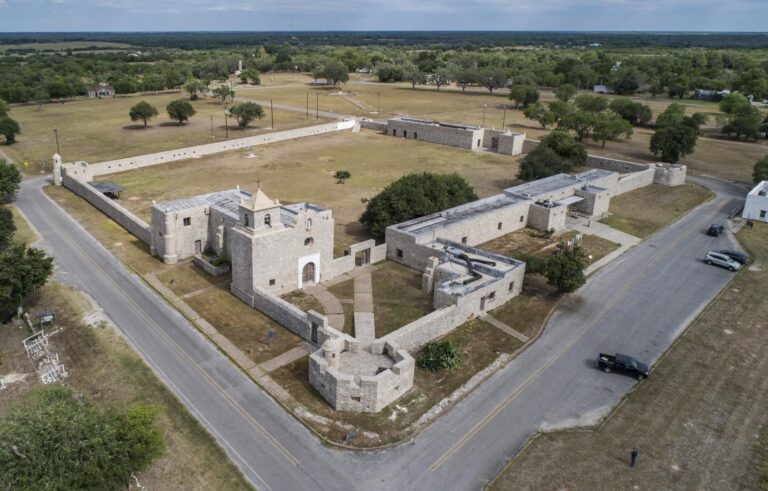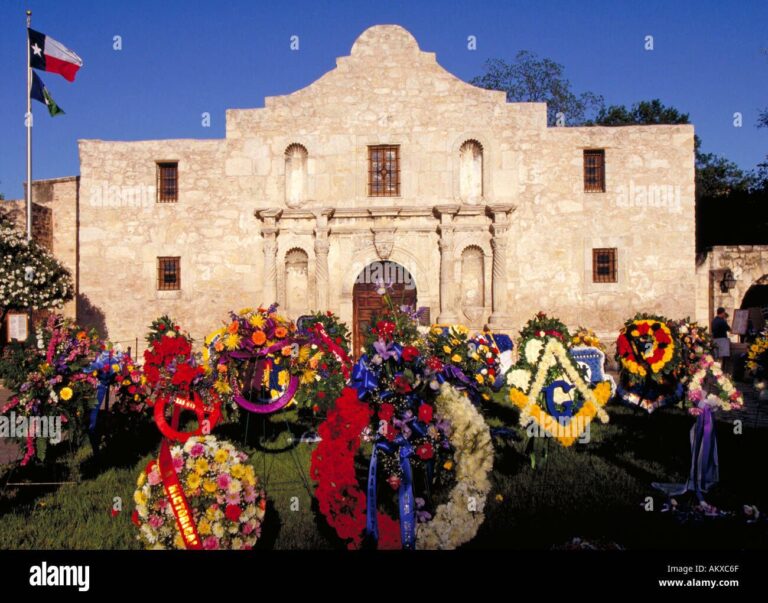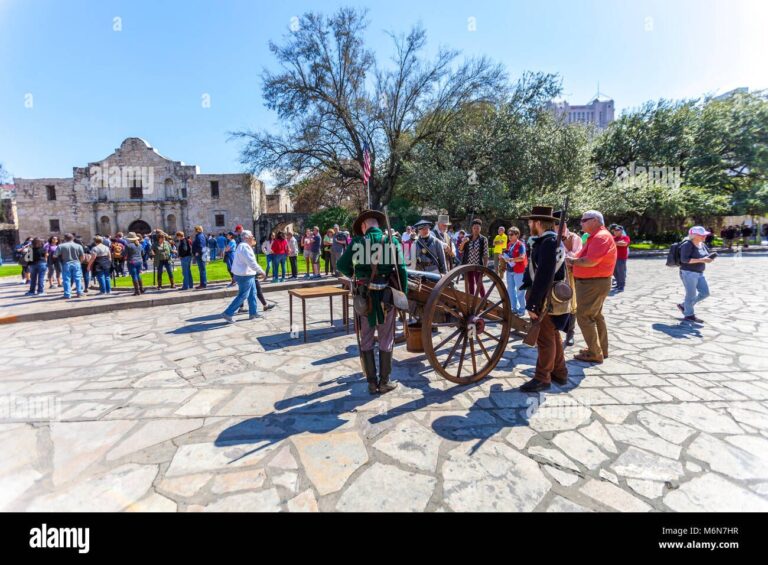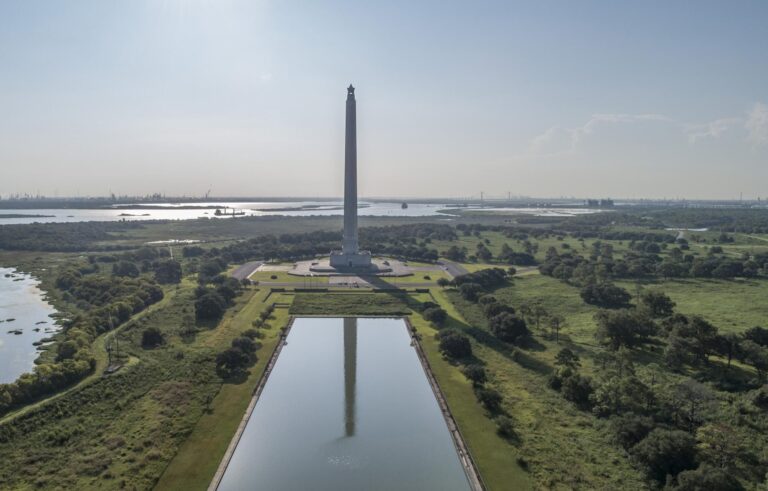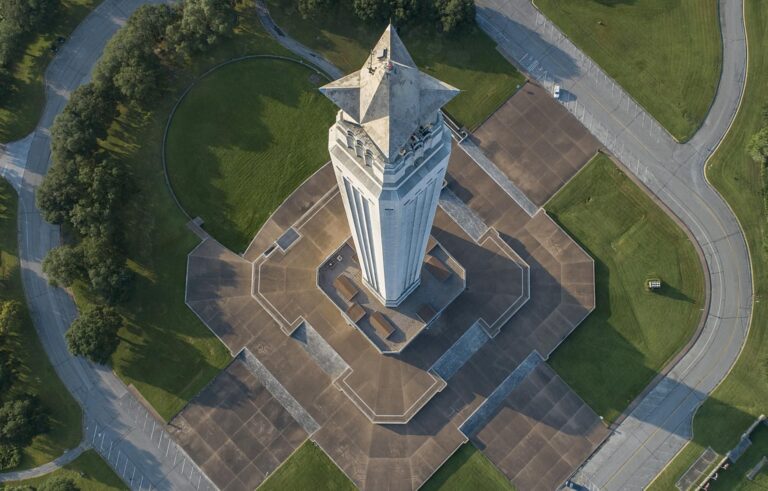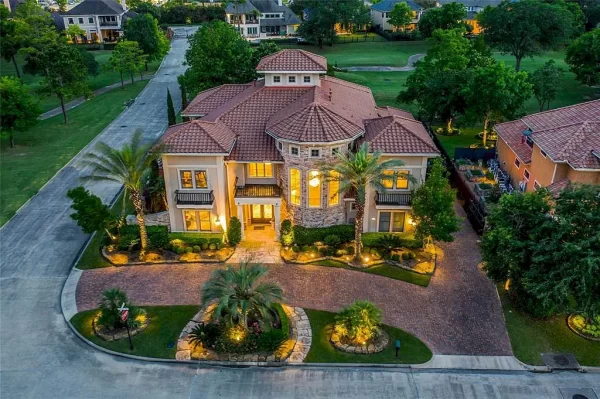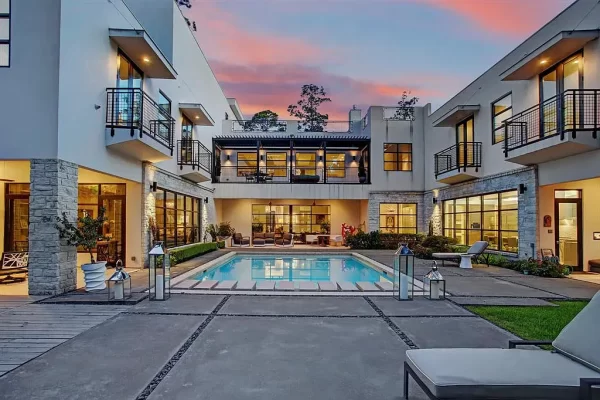Renovation Efforts to Preserve the Texas Capitol’s Legacy
The Texas State Capitol stands as a beacon of history and governance, symbolizing the resilience and pride of the Lone Star State. Located in the heart of Austin, this iconic structure has been a centerpiece of Texas’ identity since its completion in 1888. With its rich history and cultural significance, the Capitol is not just a building but a living testament to the state’s journey from independence to its role in modern governance. Over the years, extensive renovation efforts have ensured that this architectural marvel remains preserved for future generations while adapting to contemporary needs. This article explores the history, preservation strategies, and ongoing efforts that underline the importance of the Texas Capitol.
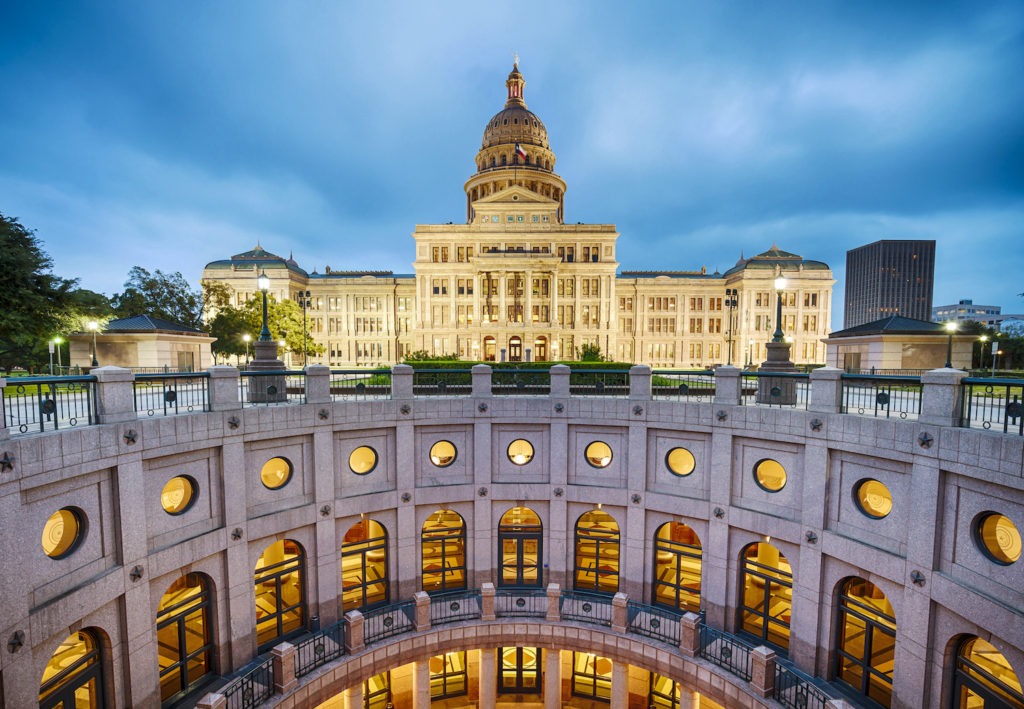
Source: masonrydesignmagazine
The Historical Significance of the Texas Capitol
Understanding the Texas State Capitol’s historical importance is essential to appreciating the efforts made to preserve it. Designed by Elijah E. Myers, a celebrated architect of the 19th century, the Capitol reflects a combination of Renaissance Revival and classical architectural styles. Its construction utilized Texas red granite, a locally sourced material that stands as a testament to the state’s natural resources and craftsmanship. Upon its completion, the Capitol was the largest building in the United States, surpassing even the U.S. Capitol in Washington, D.C.
The building was designated a National Historic Landmark in 1986, further cementing its status as a cultural and historical treasure. Beyond its architectural grandeur, the Capitol serves as the seat of Texas’ legislative and executive branches, making it a hub of political activity and decision-making for one of the nation’s largest states.
Comprehensive Renovation Projects
Preserving the Texas Capitol requires a multifaceted approach, addressing both structural and aesthetic needs. Over the decades, several key projects have been undertaken to maintain its integrity and adapt it for modern use.
Exterior Restoration
The Capitol’s exterior has faced the natural wear and tear associated with aging and exposure to the elements. Specialized teams have worked meticulously to preserve the Texas red granite, ensuring its unique color and texture remain intact. Restoration efforts have included cleaning and repairing masonry, resealing joints, and reinforcing the dome to protect against weather-related damage. These measures prevent water infiltration, which can cause significant structural deterioration.
Additionally, efforts have been made to restore the Capitol’s windows, doors, and decorative elements. High-quality materials and techniques are employed to replicate original designs, ensuring historical accuracy while improving durability.
Interior Preservation
The interior of the Capitol is a masterpiece of 19th-century craftsmanship. From intricate woodwork to frescoed ceilings, every detail reflects the era’s dedication to artistry. Renovation experts have utilized advanced methods such as paint analysis and digital imaging to replicate historical colors and patterns. This process ensures that modern interventions do not detract from the building’s historical authenticity.
In addition to aesthetic preservation, modern upgrades have been seamlessly integrated. Fire suppression systems, improved lighting, and accessibility enhancements have been installed to meet contemporary safety standards while maintaining the Capitol’s historic charm.
Capitol Grounds Enhancement
The Capitol’s 22-acre grounds are an extension of its historical and cultural narrative. Over the years, landscape architects have undertaken projects to restore historical gardens and improve pathways. Sustainable irrigation systems have been introduced to ensure the grounds remain lush and vibrant while conserving water.
The grounds are home to numerous monuments and statues, each telling a story about Texas’ rich heritage. These monuments have undergone cleaning and restoration to preserve their historical and artistic value. Visitors can now enjoy a harmonious blend of natural beauty and historical significance as they explore the Capitol grounds.
Energy Efficiency and Sustainability
One of the most significant challenges in preserving historical buildings is balancing authenticity with modern sustainability. The Texas Capitol has embraced energy-efficient technologies, including upgraded HVAC systems, improved insulation, and LED lighting. These measures reduce energy consumption and provide a more comfortable environment for lawmakers, staff, and visitors.
Sustainability extends to waste management during renovation projects. By recycling materials and minimizing waste, the Capitol’s preservation efforts align with broader environmental goals.
Funding and Community Involvement
Preserving a landmark as significant as the Texas Capitol requires substantial financial investment and community support. The Texas State Preservation Board, established to oversee the building’s maintenance and restoration, plays a pivotal role in securing funding and ensuring project success. Public-private partnerships have also been instrumental, with grants, donations, and state allocations contributing to various initiatives.
Community engagement has been a cornerstone of the Capitol’s preservation efforts. Educational programs, volunteer opportunities, and fundraising events have allowed Texans to actively participate in maintaining their state’s heritage. This collective effort fosters a sense of pride and ownership among citizens.
Visitor Engagement and Educational Initiatives
The Texas Capitol is not just a historical landmark; it is a living museum that educates and inspires. Renovation efforts have included the development of enhanced visitor centers, offering interactive exhibits that showcase the Capitol’s history, architecture, and role in governance. Guided tours provide in-depth insights into the building’s design and historical events, making it a must-visit destination for tourists and locals alike.
Educational initiatives extend beyond the Capitol’s walls. Online resources, virtual tours, and school programs have been developed to reach broader audiences. These efforts ensure that the Capitol’s legacy continues to resonate with people of all ages and backgrounds.
Future Plans and Challenges
While significant progress has been made, the preservation of the Texas Capitol is an ongoing endeavor. Future plans include further technological upgrades, such as improved connectivity and digital infrastructure, to support the building’s role as a modern workplace. Additional efforts will focus on expanding public programs and exhibitions to keep the Capitol relevant and accessible.
Challenges remain, particularly in balancing historical preservation with the demands of a growing population. As Texas continues to evolve, so too must its Capitol. Striking this balance requires innovative solutions, ongoing funding, and unwavering commitment.
Conclusion
The Texas State Capitol is more than an architectural masterpiece; it is a symbol of Texas’ past, present, and future. Through meticulous renovation efforts, this landmark continues to inspire pride and preserve the state’s rich heritage. By embracing sustainability, fostering community involvement, and prioritizing education, Texans ensure that the Capitol remains a beacon of history and progress for generations to come.


